Today, we’re pulling back the curtain and giving you an inside look at our wedding invitation workflows. From our onboarding and design processes to production and mailing, this is a comprehensive overview of our unique approaches. Most importantly, in this episode, you won’t be getting cookie-cutter insight. We’re diving deep into WHY we do things the way we do and why our processes differ slightly so you’re sure to walk away with tips and tricks that will allow you to customize your wedding invitation workflow to fit you and your biz.
Let’s be friends! Find us on Instagram http://instagram.com/bizbirthdaybash @bizbirthdaybash.
Grab your FREE Training — 4 Essentials You Need to Turn Your Biz into a Profit Party: https://bizbirthdaybash.com/free-training
Our Preferred Project Timelines
Elisabeth 8:20
I like having four months to do everything. I prefer to book my clients like six months out from their wedding day if I’m just doing invitations. However, if I’m doing save the dates, it starts way earlier. But we’re not incorporating save the dates in this discussion today. We’re just talking about the wedding invitations and the timing of that. So I like four months, but I know Cami has done it in like two weeks.
Cami 8:48
So yeah, I feel like my clients typically booked me like, like a year to 10 months out. But I’ve also had done a ton of rush jobs. And you know what’s funny, I think I actually prefer doing the rush jobs because like, I like doing everything in one go like really quick, like super-condensed because then it’s like, over and done with and you don’t have to like have something over your head for a year. So I was like thinking about it today. Like how my timelines go. And I was like all the rush jobs I’ve done I’ve really like enjoyed it, or I’m like really focused on this project. And just like knock it out.
Elisabeth 9:18
Yes. I would agree with that when I think of the work and things that you have done, it seems like the ones that have been more drawn out tend to have more drama. So that’s it. You don’t have time for drama. It’s just like let’s make it super quick. And you also work really well under pressure, and I think something goes to be said about that.
Inquiry Process Framework
-
Inquiry form is completed by lead
-
The consultation call is completed (optional)
-
Proposal sent
We have an entire episode devoted to the inquiry process because there’s a lot that goes into it! You can listen to that episode here – https://www.bizbirthdaybash.com/podcast/inquiry-processes-wedding-stationers
Inquiry Process Details
Elisabeth 13:21
I structure my inquiry process a little bit differently than Cami does because I like having a phone call after having the form filled out. So that is basically like the first step for me. But Cami I think you just do like the form and kind of like, go for it, right?
Cami 13:33
Yeah, my inquiry process is simple. I have my contact for my website, and it gets me everything I need to know to get them a proposal right away, which is basically just the quantity and what they’re looking for, like anything else. I mean, this obviously, like the way I do, my pricing affects the way I do my proposal. So it just makes it really easy for me to give them a price and a quote right away. And if we need to adjust anything, we kind of do it throughout the design process once they’re booked. But yeah, I immediately send a proposal and contract right away. Like once they fill out the form, they get that from me, there’s no phone call, or back and forth at all to even talk about design things. So that’s how mine works. It’s a really quick inquiry process.
Elisabeth 14:15
Yeah. And so then obviously, after that, it’s like you’re kind of waiting to hear back from them. I listed the consultation call as a separate step under my workflow. Obviously, that stuff doesn’t exist, but I do take notes and Dubsado when I do that, create the quote and send the proposal to them.
Onboarding Process Framework
-
Proposal approved by client
-
Contract/Agreement is signed
-
50% of invoice is paid
Onboarding Process Details
Elisabeth 14:30
And then it’s like, I would say, the official second step of the wedding invitation workflow is the onboarding process. And so that’s after you get the proposal approved an agreement signed in the 50% payment. And I would say that it’s basically like, for me, the way I do my official onboarding is like normally I try to send them like a little something from gradable to be like, thank you so much for signing on with me nothing like crazy or insane, just something to get them excited. And then I also like to set a start date, so they will know when we are starting together. So that could be like in a month, it could be in three months, it could be in like a year, which I don’t love having to like, do it that way, booking that far out.
Cami 15:17
Yeah, I think for the onboarding, for me, it’s the same thing, send them a little gift from me. And then it depends on when their wedding is and like how fast we’re moving through the process because if we’re starting really quickly, I will go ahead and send over the love story questionnaire, which is like the bread and butter of everything I do, that gets me all the information about their, their wedding in their personal lives, or social security number, you know, just kidding, like everything. But if it’s a little bit further, I say, like, Hey, we’re gonna, I’ll follow up with you, and like one month to send you a little homework, it’s gonna be really fun. So it kind of just depends, but that’s like, the biggest part of my onboarding thing is that love story questionnaire, and then sending the timeline as well. So my workflow kind of changes, I’m realizing like, I don’t really have it set in stone. But there’s also the time when I send the portal that has their timeline in it, as well as a link to their guest’s addressing document.. So there’s really three main things they’re gonna get is a questionnaire, like a mini timeline, and then the link to their guest addressing document, which is just literally a Google Doc that they can put their addresses in. Because it’s really nice to have something to work on the time with, I might not necessarily be doing something or they’re trying to gather addresses. And honestly, that part takes so long. So I like to give them like, as much lead time as possible to be like, Hey, this is like literally the only thing you have to do on your end. So just like keep that in mind or start an hour or whatever.
Design Workflow Framework
-
The start date is set, mailing date is given (all other timeline details are relatively flexible)
-
Inspiration & Sketches round happens first
-
After I send this I also email them my google spreadsheet template for their addresses. The sooner they can start, the better.
-
The process includes 3 design rounds with time for feedback. I always give them 3 business days to reply with feedback and it’s required to be in the form with ONE point of contact.
-
Proofing form is sent
-
Once this is signed off on I move into production
Design Workflow Details
Elisabeth 28:33
So my start date is when I send out their questionnaire, so they have like three businesses to fill it out. So it’s very different from Cami’s.. Like, yeah, here you go have this back to me in three months, like the novel version of the love story form. And mine is like, just give me your details. I already got the important stuff in the consultation call. And then I’m like, once they send that back, I’m like, Okay, I’m going to take a week. And I’m going to create your sketches and inspiration. And I’ll have that over to you. So I send that to them. And I do a really similar thing where I’m basically like, just let me know if this is headed in the right direction. So like I can give an example from one of my brides. She got married and Cabo I wanted to do like an arched card because that’s so cool. But she was like, I want this to be angled instead of arch. So that was like something I updated on the sketch which like Normally, I don’t ever update my sketches. But it was something I did just to make sure that we were like on the same page. But my sketches are also black and white with a bunch of different notations. I have like written notes in the dubsado form. I also have notes that I’ve typed in Illustrator that they can like read, and I you know, I save those artboards as JPEGs which get dragged into the form so it all like looks really cohesive and nice and branded and all that fun stuff. And so that’s kind of like what kicks everything off for me and then we start producing the artwork.
Cami 30:00
You know, it’s funny to like the point between getting back their questionnaire and sending over the lookbook is the longest part of the process for me like that period of time where i’m just like trying to come up with an idea like i’ll print off their stuff and just like look at it and circle things like i just let it sit with me for like two or three weeks and then i’m like okay i had the idea though but like that is honestly the longest part of my process.
Elisabeth 31:30
Okay so after we do our inspiration and sketches round and they send the approval to move forward with that idea and the concept that we have sent this is when i emailed them the google spreadsheet template for their addresses so and i’m basically like hey the sooner you can fill this out the better i don’t send it to them before the start date and i don’t send it to them at the start date because at the start date they’re already trying to fill out another questionnaire so i feel like after the inspiration sketches that’s a time where it’s like they’re really excited we have a concept we’re moving forward so i give them a little more homework i’m like okay here’s the next thing you really need to work on for me while i create the artwork because the artwork creation is the longer phase for me like i like having like a couple weeks to try to get all of that done and put together and it’s like yeah technically i could do a suite in a day do i like really want to not all the time not necessarily and so giving myself time to paint and design and do line drawings and all the official nuances of the suite that’s the longest part for me.
Elisabeth 37:11
Next, I send 3 separate design rounds. So I normally space all these design rounds out about a week apart. So when they give me their feedback on the day, I received their feedback from them. So like, say I send the form to them on a Monday, they don’t get the form back to me until Thursday, I always try to tell them three business days, they’re not going to get their next design run until next Thursday. So I’m basically like, you get the updated version for me like a week after you submit because this just like helps me create mental space, because I’m like, yeah, could I sit down and make the edits right now and have it back to them in 30 minutes? Yeah, I could, is that good for my sanity? And like my workflow and everything else? I’m balancing in my life? No, because it also sets up unrealistic expectations that they’re going to get something done, like, immediately, when that’s just not how my process works. So I always tell them at the end of the form that I’m like, thank you so much for your feedback. Your next design round will be a week from when I received the form from you. So they always kind of know that that time is built in.
Elisabeth 40:32
Yeah. Okay, so the last part kind of underneath that, well that kind of like I guess that kind of like wraps up like the design workflow umbrella because I put that the proofing form for the suite is its own spot in my workflow. So that’s like its own big form with every single little thing like typed out and laid out and they have to check off a million boxes to be like yes, this is right. Yes, this is right by performance really annoying because it’s literally like they have to be like Yes, my name is spelled right. Yes, my wedding venue is right. Yes, the time of my wedding is right like I make them look at every single tiny thing because there’s no way we are missing anything. So that’s an instance of like, if something needs to be updated. I will literally update that proof form itself. I don’t ever go back and revise my design rounds but I will update the proofing form if something needs to be tweaked and needs to be changed.
Cami 41:30
Yeah, and the proofing forum you guys I think both of us use a subcontract so like they literally have to sign off on it and once it’s signed off on there’s no changes you can make to that so that’s like the end all be all I love when he said that was like the greatest feeling when they sign off though don’t you’re like yes now we go to print and it’s just like the feeling of job done.
Production, Assembly, and Mailing Framework
-
Everything is sent to the printer & manufacturers for every single detail.
-
Once everything arrives in the studio we do quality checks and make sure that everything is correct
-
Order postage for the suite
-
Be sure to plan for a 1-2 week gap between production and assembly because of printing/shipping/delays, etc.
-
Assembly & mailing (calligraphy addressing) — I usually have a week dedicated to this step of the process depending on how complicated the suite is
Production Details
Cami 43:30
Now, hopefully you already have all your files formatted and ready to go for print. But I always double check them against the form because sometimes I’ve messed up and sent the wrong one like tiny little details. Like one word wrong. I’m like, Oh my goodness. Okay. So double check those. And then it’s all about the name to the printer and manufacturer is for every single little detail. And you know, sometimes this is ordering envelope color sorry, ordering stamps. If you’ve done like vintage postage for them or any stamps, you got to start ordering them. ribbons, black seals all the things and you know, sometimes to have my workflow like if we’re moving on like a really tight timeline, I’ll be like, let’s go ahead and like select the stamps, even though we don’t have all the wording or whatever I figured out we know like the main design, I’m going to go ahead and give you the stamp options because bits and stamps take like a while to get here. So sometimes I’ll move like some of those things up. But typically, you know, you want to like everything happens all at the same time at the end. So you’re ordering all the things, all the printing and then you just sit there Wait And typically, I will give yourself like a nice two week buffer for this like don’t try to be like yeah, we’ll have it in like three days like just don’t do that because it’ll never work out right. So like a one to two week buffer. Two weeks I would recommend as really good because if you’re doing like letterpress or foil, they’re ordering plates, they’re shipping delays. I mean, you just want to give yourself a good amount of time for waiting things.
Elisabeth 50:37
Okay, so that can be a process that takes a week to a month, depending on so many different things like printing methods, and whether somebody is out of something and all that good stuff.
Assembly and Mailing Details
Elisabeth 50:50
So the very last thing is assembly and mailing. And then I guess, like off boarding is kind of sort of in this phase, depending on if you’re moving on today of items with them or not, I still try to like nicely wrap up the invitation process by sending like an email at the end, like your invites have been sent out.
But let me back up a little bit. Because assembly for me can be also a very time. If I’m doing calligraphy by hand, that’s
Cami 51:43
Yeah that’s what will sneak up on ya. Whether you’re doing calligraphy or not, if you’re doing assembly for your clients, not just sending them like the things when they can put it together themselves. But if you’re doing it yourself, it takes a lot of darn time.
Elisabeth 51:36
So like I will designate like a week to a client suite where I’m like, this is the week where it’s like I’m putting together so and so suite. And if I normally do it like that, it’s like, obviously, I’m still getting other tasks in my business done too. But it’s like every day I’m like, okay, today’s the day that I have to like put all the rsvps in the open, set them aside with their respective invitations. And I kind of like have steps that I do since I’m a one woman show to manage that part of the process.
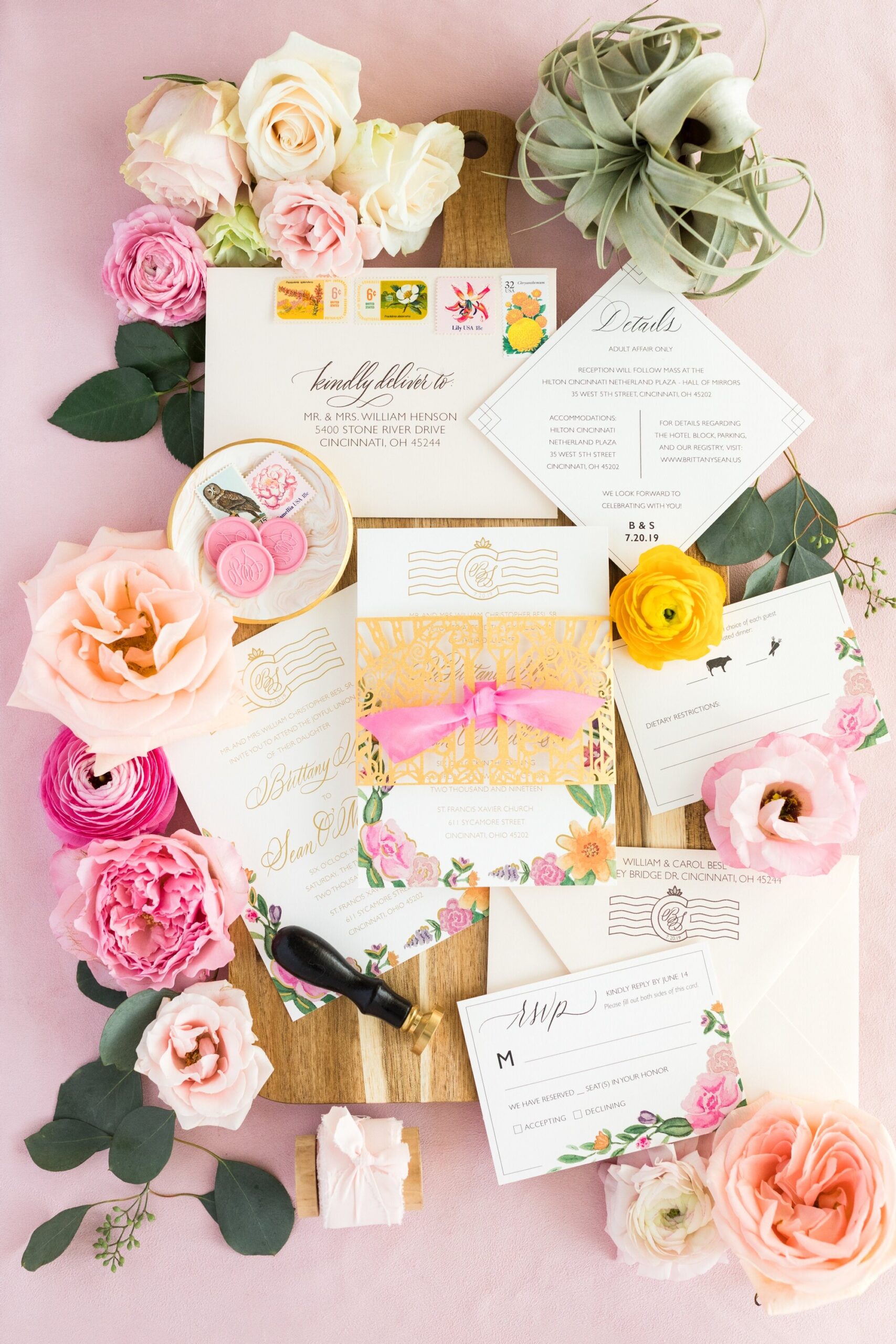
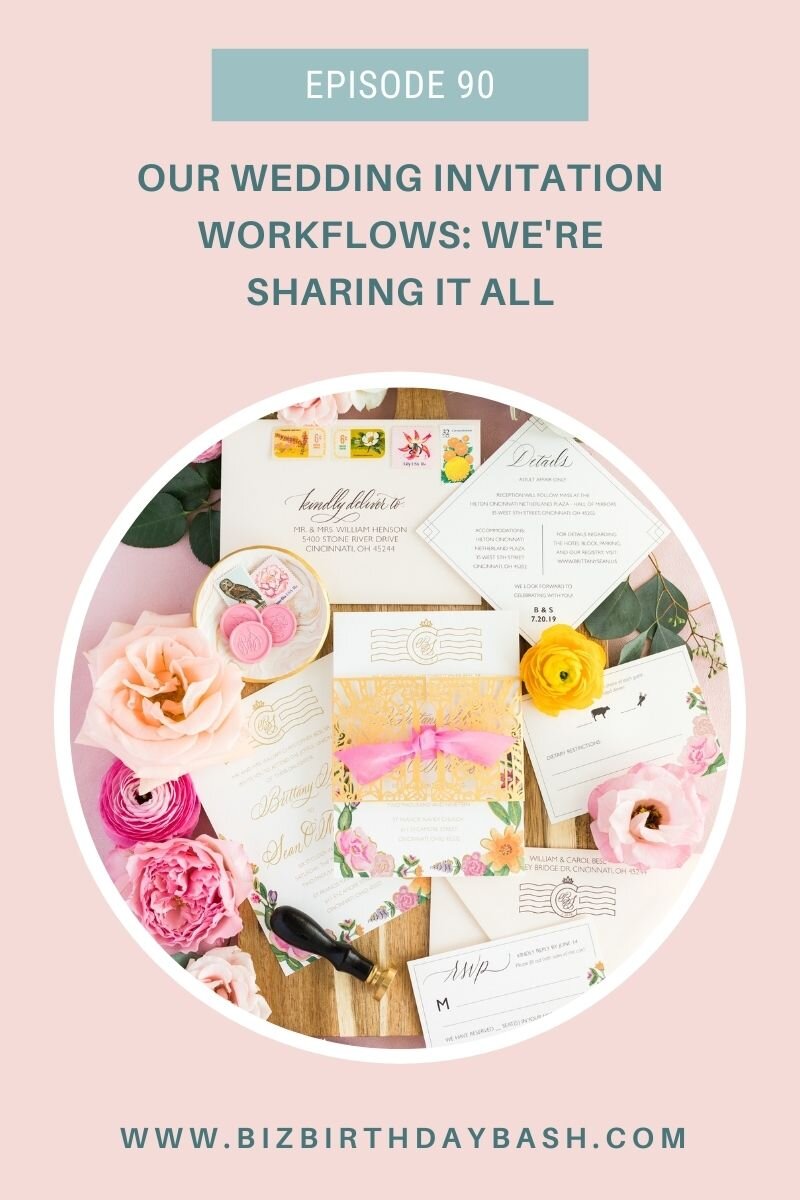
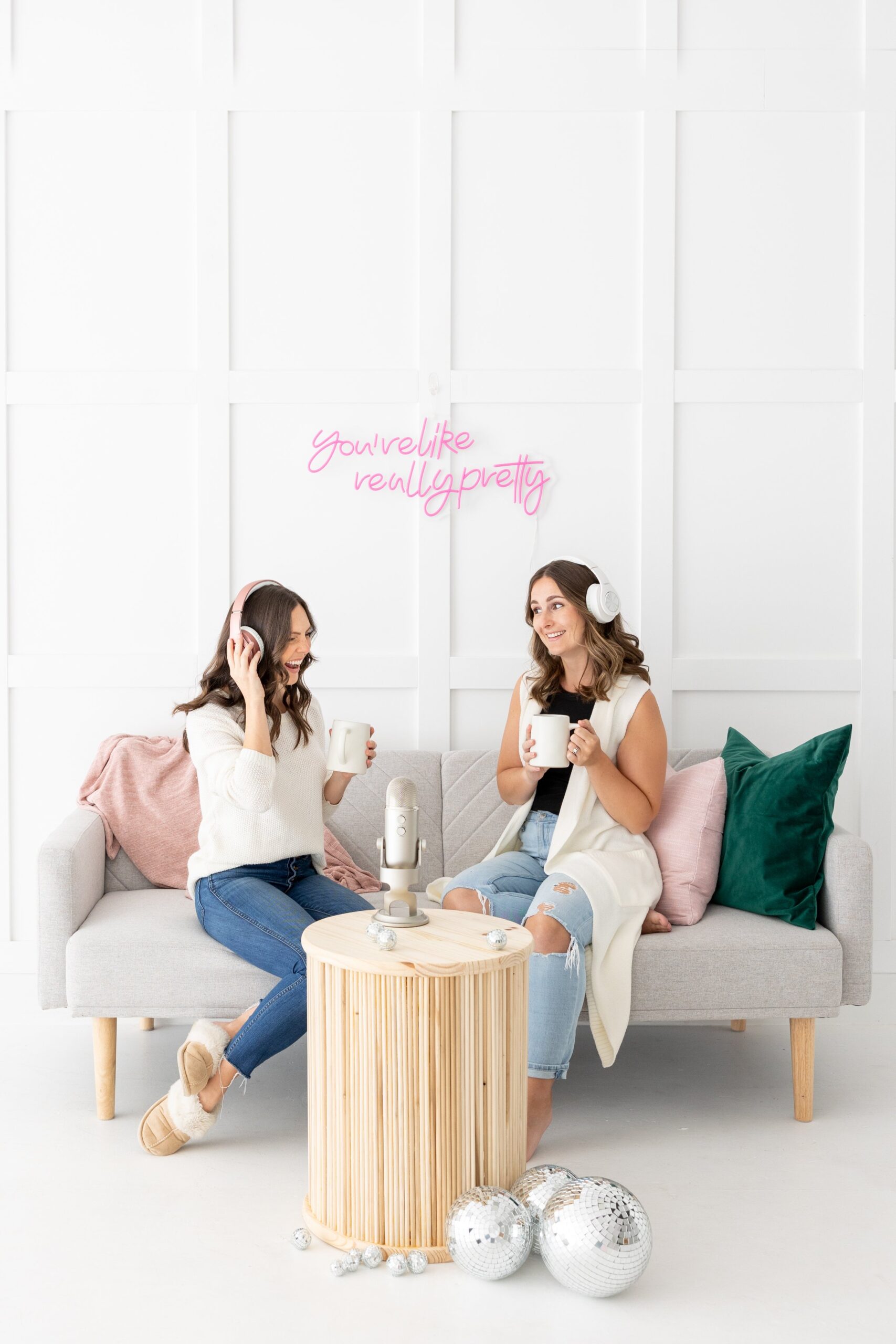
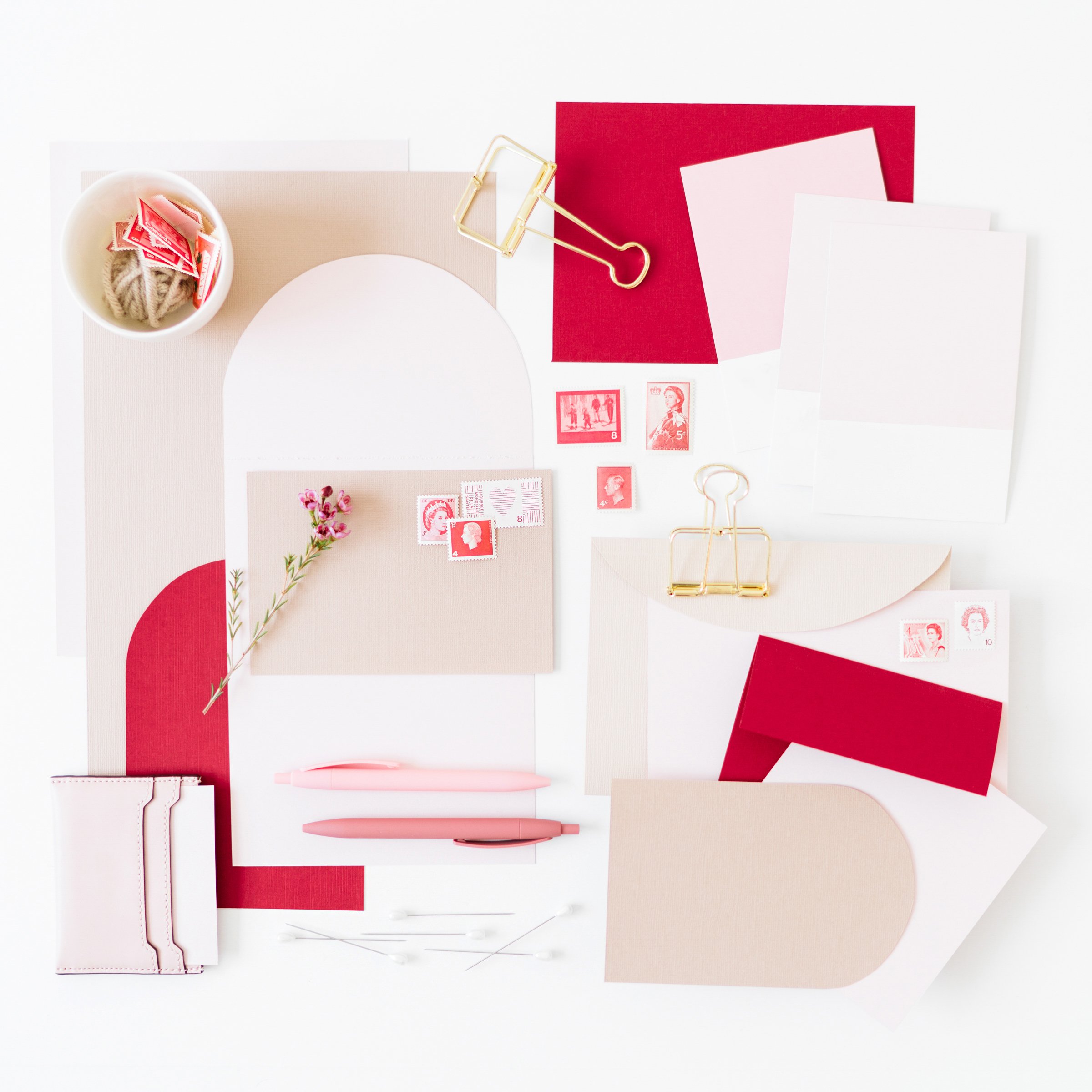
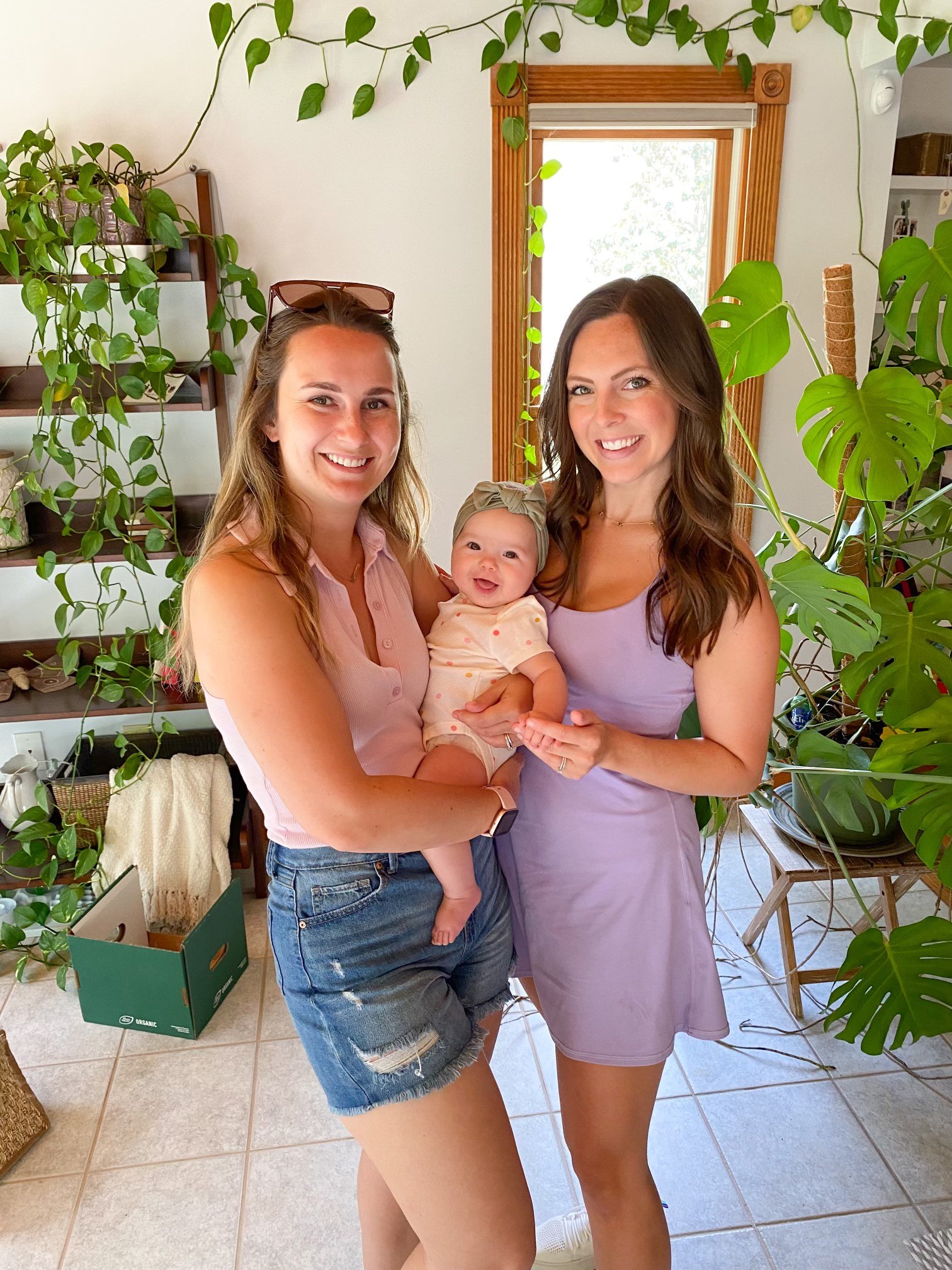

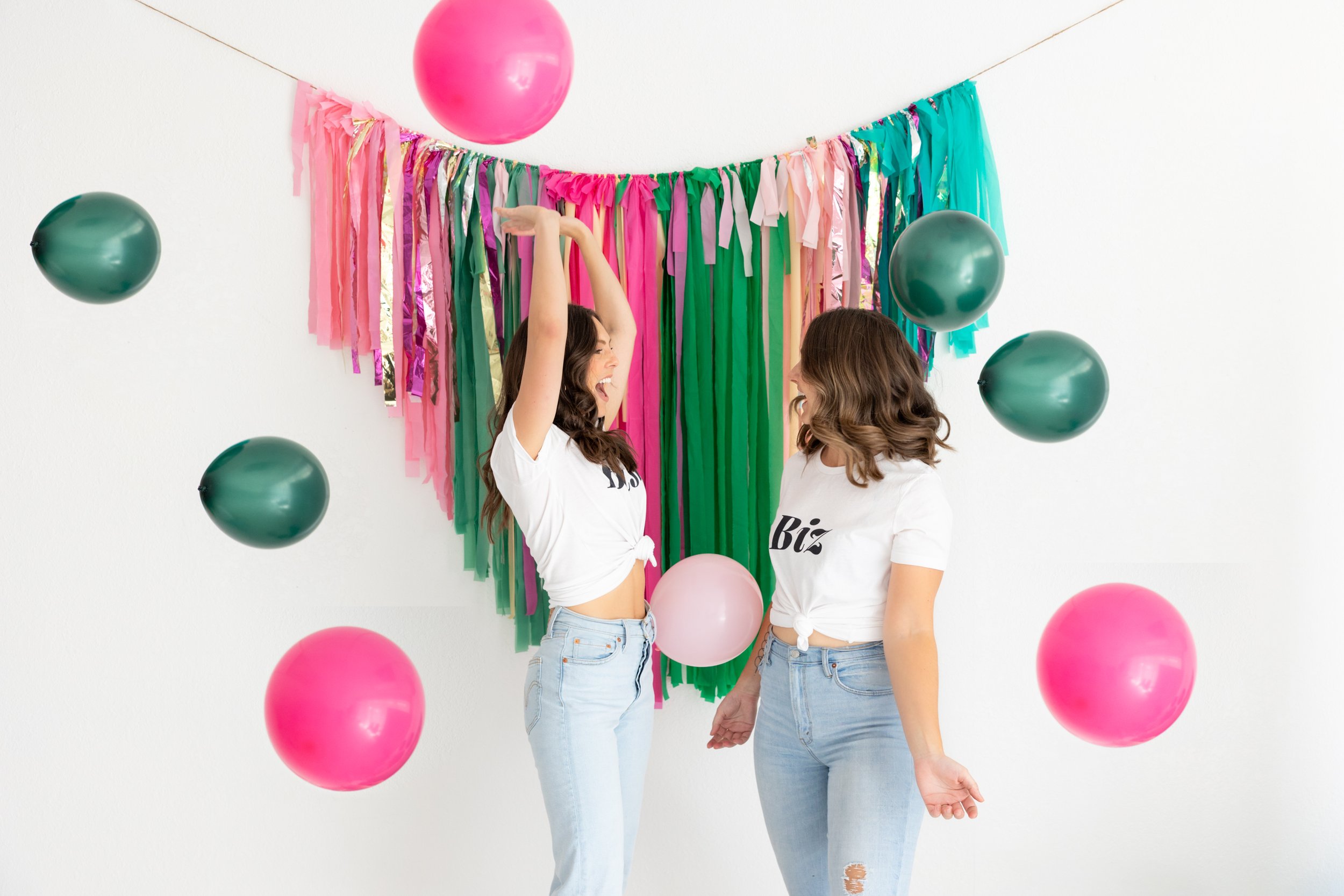
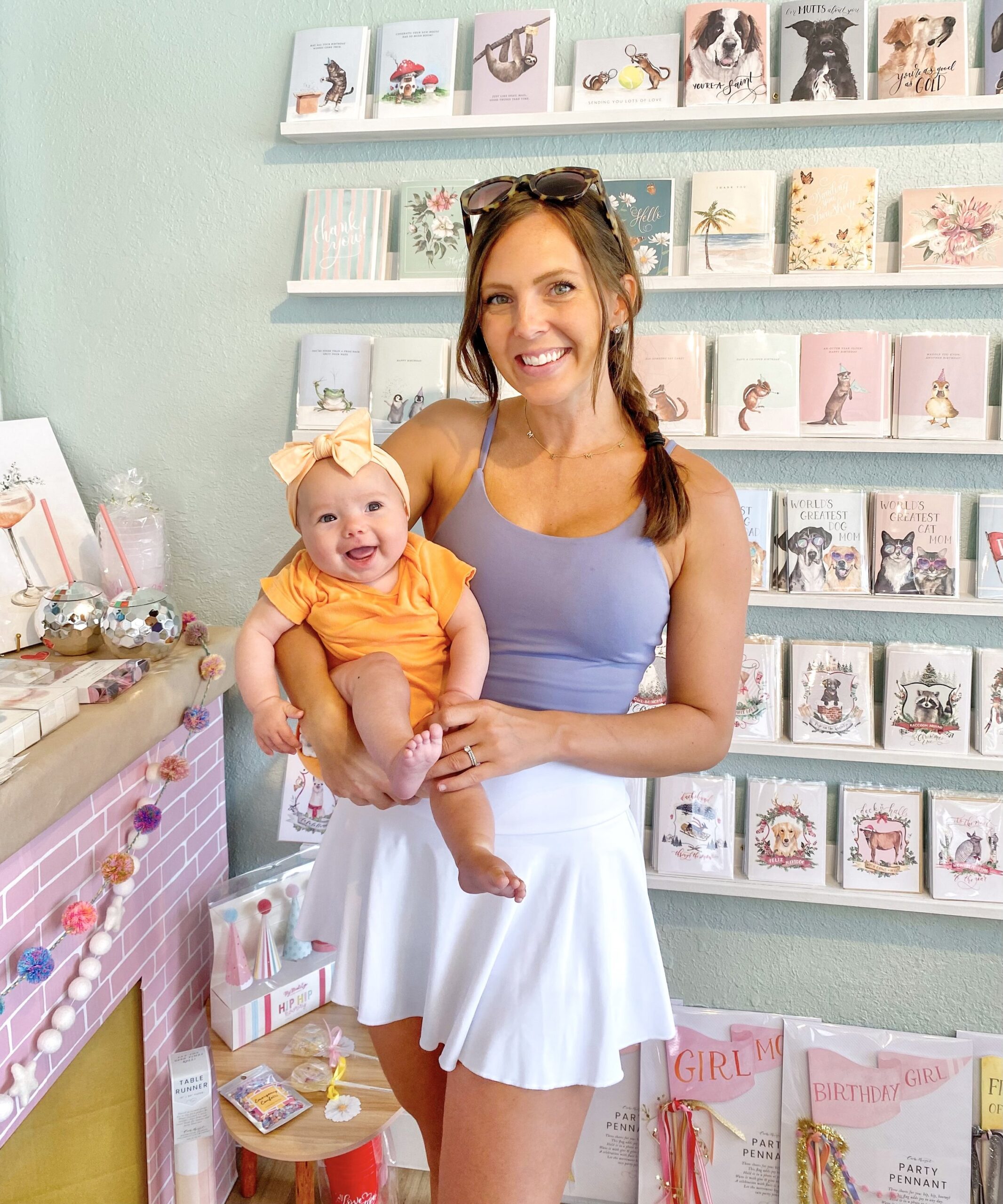
+ show Comments
- Hide Comments
add a comment